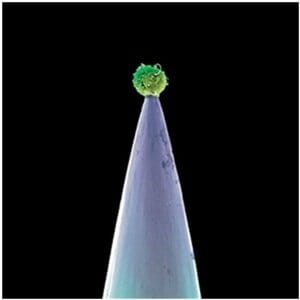Peter Gabriel: New Blood

“I think music has a natural tendency—or any sort of creative thing—to evolve, and although I guess in the digital world, you can just press play and things will sound exactly the same, I don’t think that’s very interesting to people. I think it’s more interesting when it does change and can go wrong.” – Peter Gabriel, from our Paste interview.
Musicians are a peculiar, finicky type—always trying to box themselves in, always reacting (often in complete opposition) against the last artistic move they just made. And there’s no better example than Peter Gabriel, one of pop music’s most innovative and, sadly, underrated chameleons. Even at his most commercially omnipresent (Hits, like “Sledgehammer” and “Big Time,” positively sprouted from his 1986 pop landmark, So), Gabriel’s never been one for spoon-feeding his euphoria. He’s never made the same musical move twice—compare the stark, processed synth-scapes of 1982’s Security with the slick, radio-friendly art-pop of So, and it’s difficult (particularly for a casual fan) to hear the artistic parallels.
-

-

-

-

-

-

-

-

-

-

-

-

-

-

-

-

-

-

-

-

-

-

-

-

-

-

-

-

-

-

-

-

-

-

-

-

-

-

-

-








































